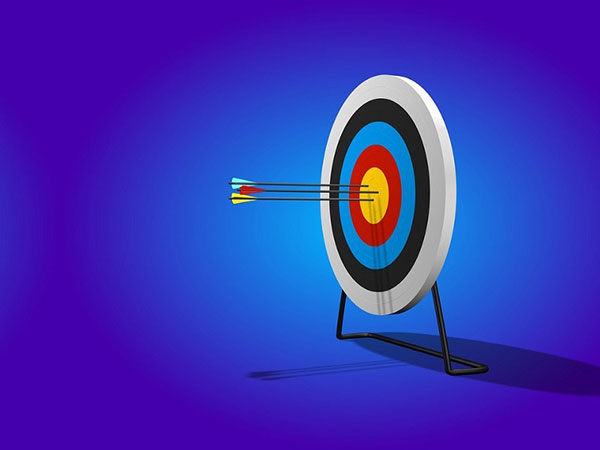Video content analysis, also known as VCA, is a growing market for both big data analysis and for business intelligence. Intense interest exists in prescriptive analytics driven by real-time streams of rich video content, and it is being a potential solution to many social, political, economic and industry security issues.
A real-time video content analysis allows customers to process, analyse, visualise, correlate, and react to thousands of concurrent video streams. It uses algorithms to differentiate between object types and identify certain behavior or action in real time, providing alerts and insights to users.
Functionalities
There are several modules involved in the development of video analytic applications. Here is a list of well-known functionalities and a short description.
Motion detection: Motion detection is used to determine the presence of relevant motion in the observed scene. It enables VCA to take appropriate action if motion is detected in an area.
Tamper detection: This relatively new form of functionality used to determine whether the camera or output signal is tampered with. It helps to take immediate action if a security equipment is tampered with.
Shape recognition: Used to recognize shapes in the input video, this functionality is typically used in more advanced functionalities such as number plate and facial recognition.
Object detection: It is used to determine the presence of an object or entity: A person, car, fire or smoke.
Benefits
The benefits of video content analysis are numerous.
Protection & reliability
There are a lot of limitations in the detection of intruders using video surveillance, when cameras are outdoors and set to a wide-angle view. Long distance, frame rate, light conditions, glare, rain, snow, fog and darkness pause serious challenges to actually see a moving subject. However, video content analysis combined with artificial intelligence is able to impartially look at the entire image and all cameras’ images simultaneously and using statistical models of degrees of deviation from its learned pattern of what constitutes the human form, it can detect an intruder with high reliability.
Prediction & prevention
Video content analysis modules transform large amount of video data into actionable insights to sharpen preventive security strategies, especially in today’s climate where security is of paramount importance. They trigger alert notifications in real-time, thus allowing swift, decisive action to be taken if required. In addition, rich content-based indexing coupled with rapid search capabilities translate to less time, resources and concentration required to sieve through hours of surveillance data for post-event forensic analysis.
Sales & marketing
Video content analysis is not just about recognizing threats, tracking objects or enhancing security. It is also used by businesses to improve their operations. Retailers and companies are already using video analysis to figure out when stores are the busiest and where people are walking, stopping and looking. Some are even using eye-level cameras to identify which items people are looking at on fully stocked shelves. Basically, video analysis helps them optimize customer service and operations with valuable business intelligence from their existing video data of thier retail shops, restaurants etc. Using insights from those video clips, they can increase ROI and drive marketing and merchandising decisions.












![Cybersecurity: the motivation behind cyber-hacks [Infographic]](https://crayondata.ai/wp-content/uploads/2022/05/varonis-hacker-motives-red-flags-and-prevention-ig-960x4826-2-1.png)






![Most common tactics used by mobile apps to snatch your data [Infographic]](https://crayondata.ai/wp-content/uploads/2022/05/social-media-1.jpg)